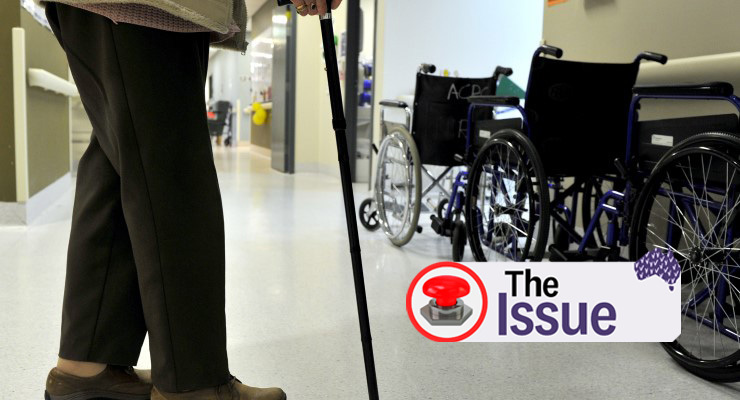
The issue in a nutshell
Regular scandals about conditions in aged care facilities led to the aged care royal commission, and the large number of deaths in aged care during the pandemic further concentrated attention on a growing problem with a lack of workers. A case to significantly raise aged care remuneration is before the Fair Work Commission.
What else?
As the key funder of aged care services via grants to providers, the Commonwealth is crucial to lifting remuneration. It is also in a transition from the current soft-touch regulatory environment to one with more stringent requirements on aged care providers and a stricter regulator.
What the parties are saying
Unions and employers in the sector have called for a government commitment to funding the Fair Work Commission remuneration outcome. The Coalition has declined to state its position, despite requests from the parties involved. Labor has agreed to fund the outcome — the cost of which will be unclear until the commission makes its decision — and has stated that it intends, in line with the royal commission recommendation, to require nurses be on duty 24/7 in all aged care facilities, rather than the 16 hours a day the government proposes.
Discussion
Despite its significant increases in funding for home care services, aged care is a serious liability for the Coalition. The appalling performance of minister Richard Colbeck, and the government’s refusal to state its position on the Fair Work Commission case, have created a major opportunity for product differentiation for Labor, which itself was under pressure from unions to support the case.
Labor has sought to make aged care an election issue, branding it a major reform in the tradition of Medicare and superannuation, and linking it to childcare as an example of its commitment to funding care services. Its foreshadowed crackdown on providers will also appeal to voters, though rarely addressed is the complexity of enforcing higher standards in communities — such as regional and rural towns — where there are few alternatives to existing aged care providers.








In Victoria there were no deaths in rural aged care facilities. The reason? Unlike the ones in the city, they were run by the government, with adequate staffing. Is there a hint of a solution here?
“. . . . WHERE THERE ARE FEW ALTERNATIVES TO EXISTING AGED CARE PROVIDERS’.
The crucifying truth is that the Morrison Govt’s valuation of Age Care is so low; that their appalling Ministerial choice of Colbeck not even questioned, or defended.
Aged equals mendicant. And mendicant is cost. Therefore an aged, ageing cohort, sans voice . . . valueless! No response required.
If they’re not talking about nationalising the aged care and child care industries, then all they are doing is swings and roundabouts. And I think everyone knows that. I think that people will look on any pronouncements they make about aged care with deep cynicism.
It could be, but… whether aged care is able to be presented by Labor well as an important issue is up to legacy commercial media, then ABC will follow; no doubt the LNP will distort any presentation in media any effort to make Labor appear more supportive of aged care, why (apart from ‘fair and balanced’)?
The oldies are an essential voter cohort now (over 70s is now the fastest growing) for the LNP, including those who will require aged care support and services in future.